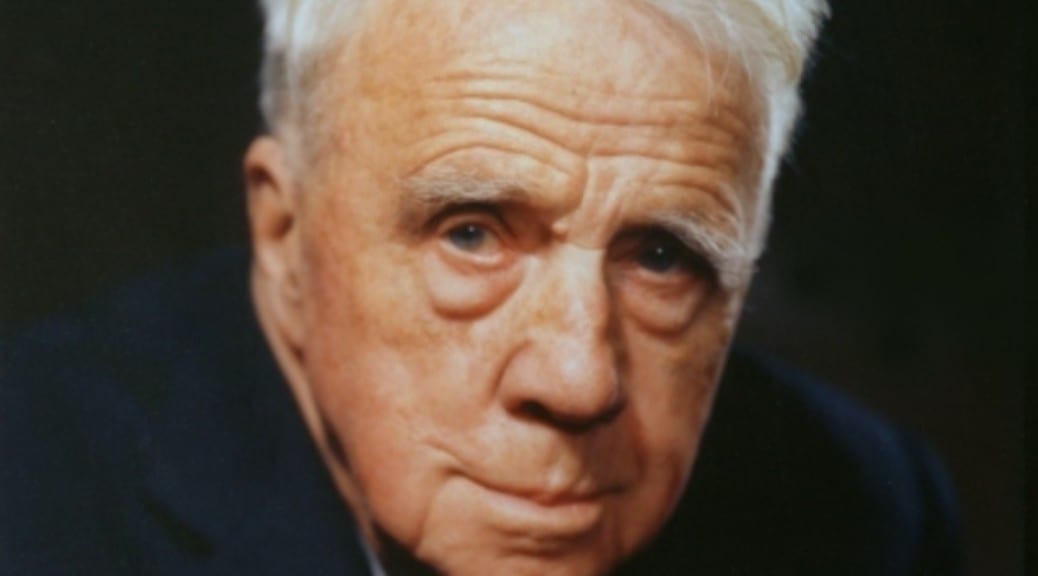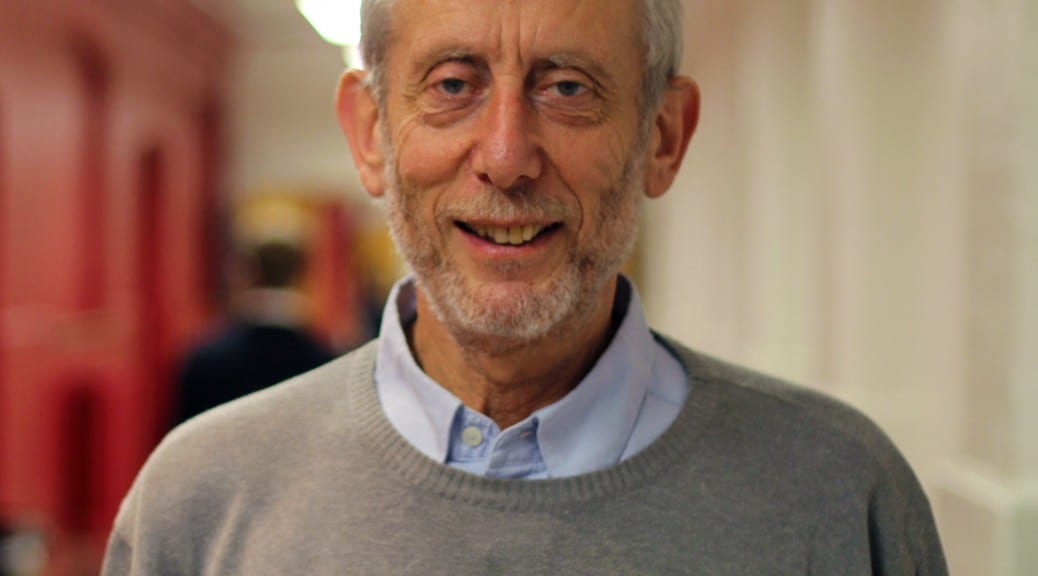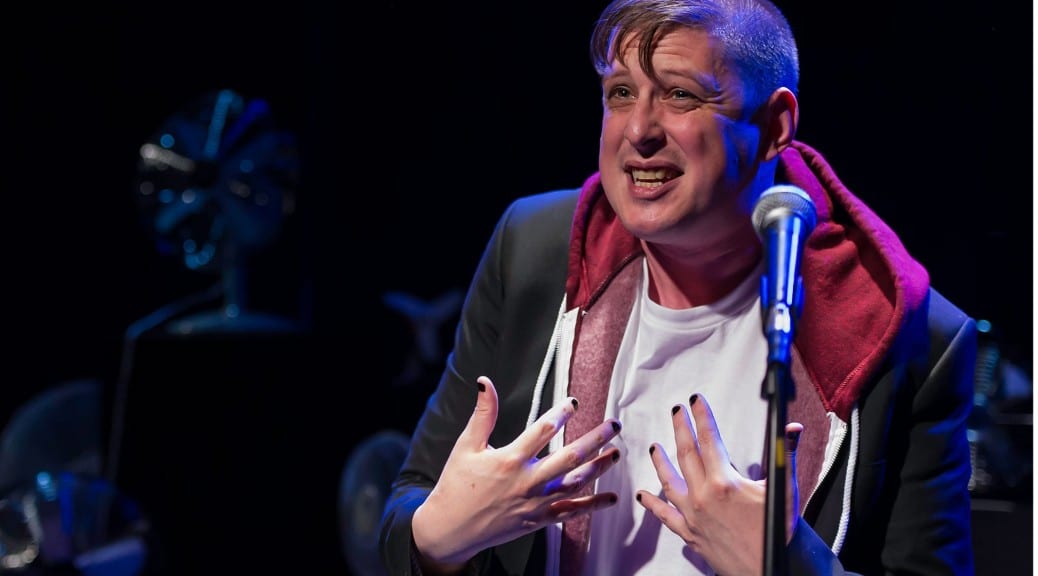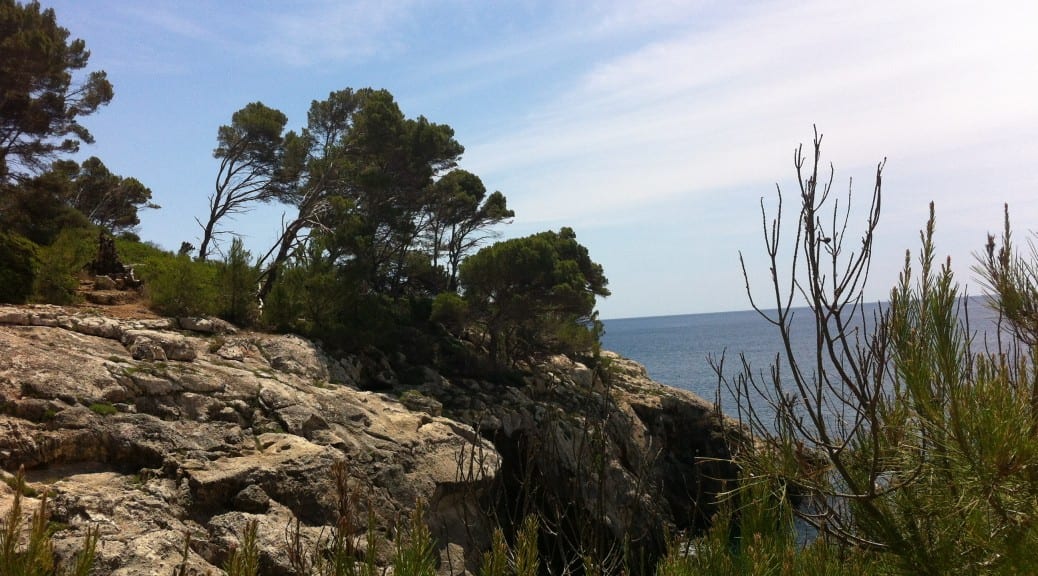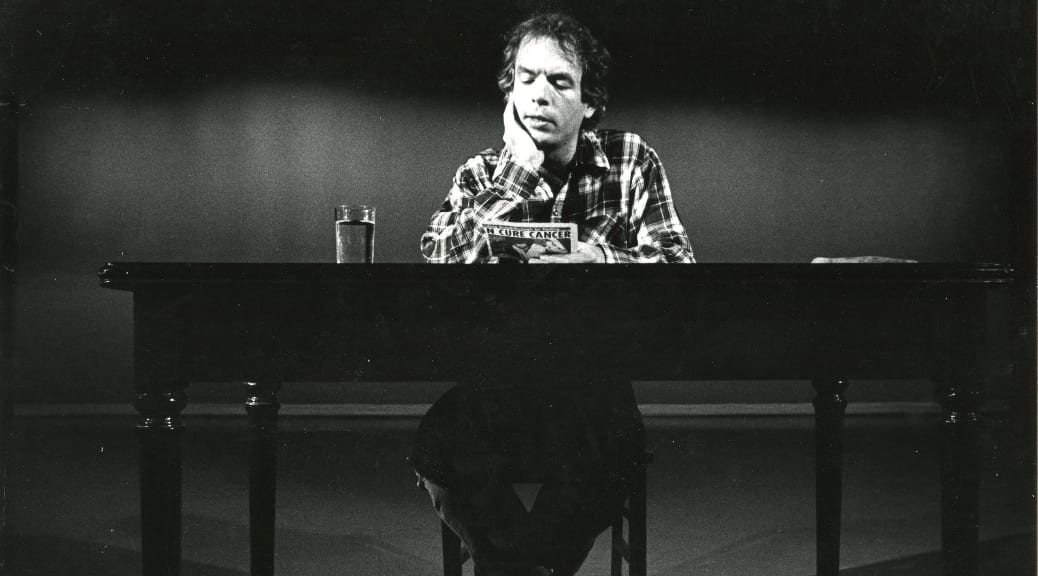As I addressed in Writing the Text (Part 3), I am yet to find a conclusion for my piece. Throughout my search for a story or poem that I felt would create a fitting ending, I came across Robert Frost’s The Road Not Taken, a poem that immediately caught my attention as it was not only about journeys (and not knowing where they will end up) but also about how we romanticise the stories we tell to make them more dramatic. After reading it several times and coming to my own understanding of the poem, I decided to research how others have responded to the text.
One article I found particularly interesting from David Orr, was the allegation that the poem is often misinterpreted. He states that “Everyone knows Robert Frost’s “The Road Not Taken”—and almost everyone gets it wrong.” (Orr, 2015). Throughout the article, Orr criticises the common opinion of the poem being about a journey advocating that it is wrong to say it “is a straightforward and sentimental celebration of individualism” and that “this interpretation is contradicted by the poem’s own lines”. (Orr, 2015). Orr therefore interprets that the “poem isn’t a salute to can-do individualism; it’s a commentary on the self-deception we practice when constructing the story of our own lives” (Orr, 2015) an impression I had already got upon reading the poem. Orr concludes by saying that the poem embodies both meanings (despite the “poem’s own lines”). He concludes:
“The poem both is and isn’t about individualism, and it both is and isn’t about rationalization. It isn’t a wolf in sheep’s clothing so much as a wolf that is somehow also a sheep, or a sheep that is also a wolf. It is a poem about the necessity of choosing that somehow, like its author, never makes a choice itself—that instead repeatedly returns us to the same enigmatic, leaf-shadowed crossroads.” (Orr, 2015).
Regardless of how the audience interpret the poem, I felt that it was very fitting to my piece. This is because my text is very much about the journey and choice, but is told in a way which romanticises the action much like how Orr says the poem is about “self-deception” (Orr, 2015). As such, I have decided to use Frost’s poem in order to end the piece to draw attention to my journey, choices and self-deception. The poem therefore adds a self-mocking element to the piece, which I feel is important as I am trying to avoid becoming overly self-indulgent. Over the following days, I will be adding the poem to my text and rehearsing its implementation.
——————————————————————————————
Robert Frost Image:
Biography (2017) Robert Frost Biography [Online]. Available from http://www.biography.com/people/robert-frost-20796091 [accessed 15 April 2017].
Frost, R. (2012) The Road Not Taken and Other Poems. New York: Courier Corporation.
Orr, D. (2015) The Most Misread Poem in America. The Paris Review, 11 September. Available from https://www.theparisreview.org/blog/2015/09/11/the-most-misread-poem-in-america/ [accessed 15 April 2017].

